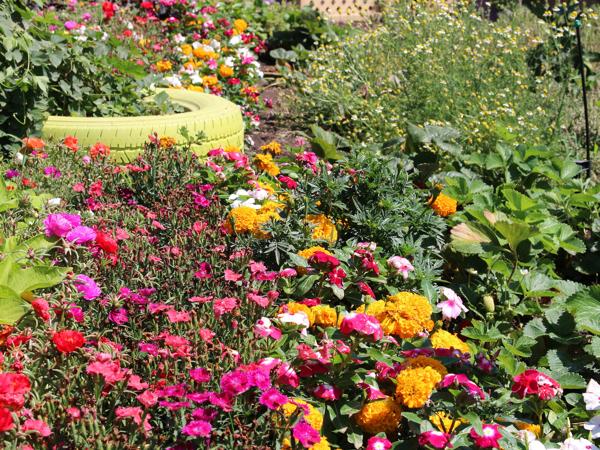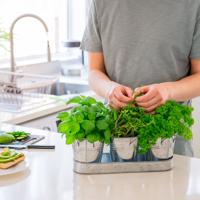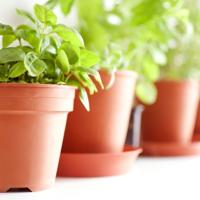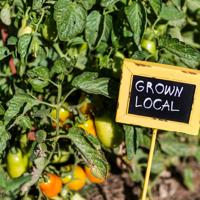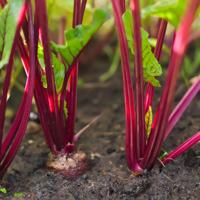Welcome to our little corner of the garden dedicated to edible flowers. At Bistrogarden.com, we believe in a garden-to-table lifestyle that is both sustainable and safe. Edible flowers are a beautiful way to enhance your culinary creations, but it’s important to ensure their safety before they reach your plate. Let’s explore how to enjoy these delightful blooms with peace of mind.
Understanding Edible Flowers
Firstly, not all flowers are created equal when it comes to edibility. While some can add flavor and color to your dishes, others might not be safe to consume. Flowers such as nasturtiums, violets, and calendula are generally recognized as edible. Their bright colors and subtle flavors can elevate salads and desserts in delightful ways.
On the other hand, some flowers are toxic, like foxglove and lily of the valley. It’s crucial to correctly identify each flower before consumption. When in doubt, it’s always best to consult reliable resources or experts.
Tips for Safe Gathering
When gathering edible flowers, consider the following to ensure safety:
-
Avoid Chemical Exposure: Ensure the flowers are free from pesticides, herbicides, and other potentially harmful chemicals. If growing your own, opt for organic gardening practices.
-
Harvest from Trusted Sources: If gathering from natural areas, make sure that the flowers are from locations away from roadsides and industrial areas to avoid pollution exposure.
-
Proper Identification: Accurately identify the species of the flower. Books and online resources from reputable botanical organizations can be very helpful.
-
Harvest with Care: Pick flowers in the morning after the dew has evaporated, as this is when they are at their freshest. Avoid flowers that show signs of spoilage or have been partially eaten by insects.
Preparing Edible Flowers
Once you’ve safely gathered your blossoms, you’ll want to prepare them correctly:
-
Rinse Thoroughly: Gently wash flowers in cold water to remove insects and dirt. Dry them on a clean towel.
-
Remove Non-Edible Parts: Discard stamens and pistils, as they can affect the taste or cause allergic reactions in sensitive individuals.
-
Use Fresh: For best flavor and safety, use flowers soon after harvesting. Stored flowers can lose their taste and are more susceptible to spoilage.
Potential Allergies and Reactions
While many edible flowers are beautiful and flavorful, it’s wise to be cautious about potential allergic reactions. Some individuals might experience mild symptoms like itching or more noticeable reactions. If trying a new edible flower, sample a small amount before incorporating it into a full meal.
Resources and References
Books such as “The Edible Flower Garden” by Rosalind Creasy provide in-depth knowledge about growing and using edible flowers. Websites like the Royal Horticultural Society or local extension services offer identification guides and safety tips.
We recommend Paul Hanley’s insightful research on organic gardening and edible flower safety published in various agricultural journals. His work is a gentle reminder of the importance of sustainable practices.
Final Thoughts
At Bistrogarden.com, our connection to the earth is about simplicity, safety, and sustainability. Enjoying edible flowers can bring a delightful aspect to your meals, as long as it’s done with care and consideration. With the right knowledge and mindfulness, you can relish the colors and flavors these blooms bring to your table.
Feel free to continue exploring more topics related to edible gardening and embrace this beautiful journey at your own pace. Happy gardening!
